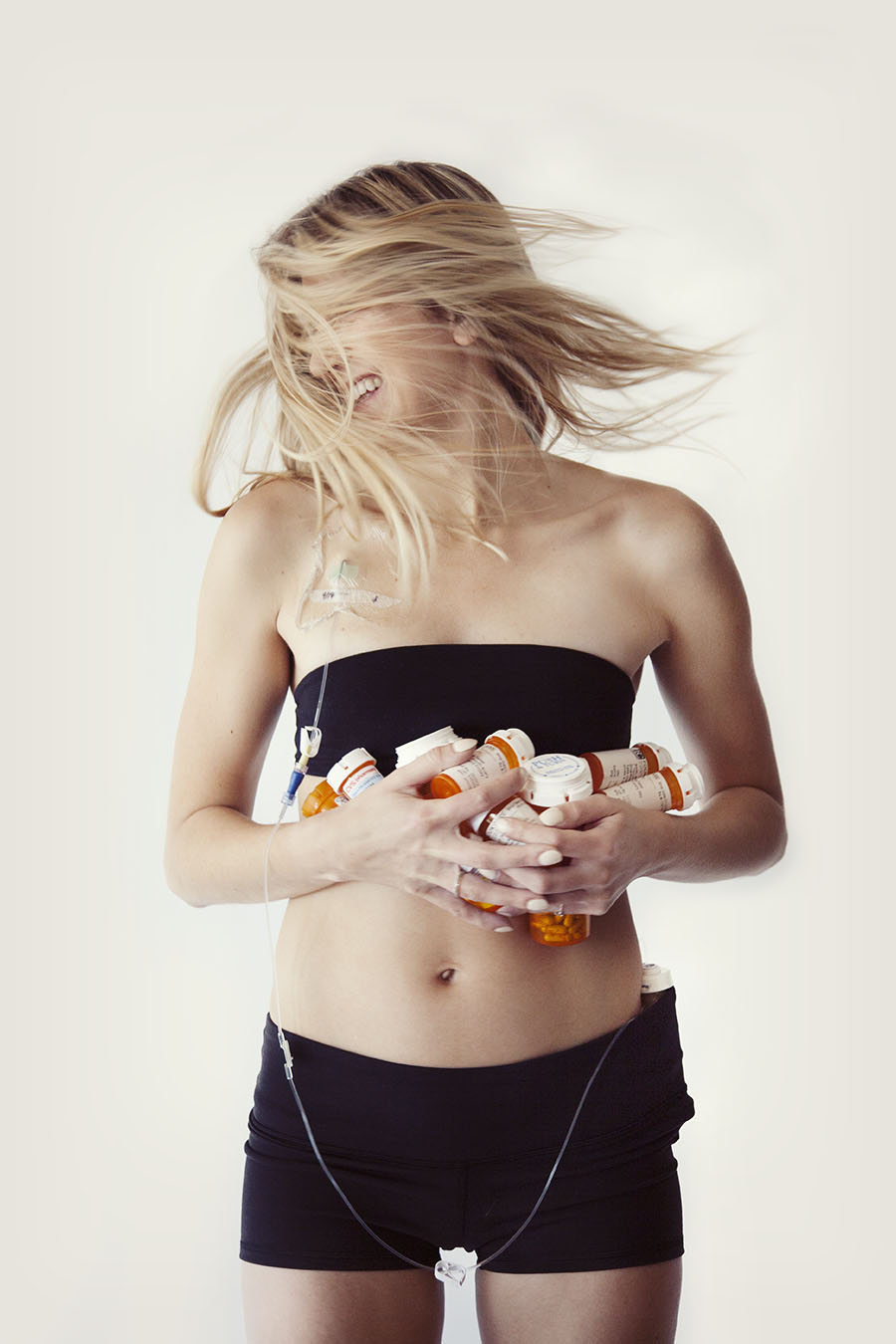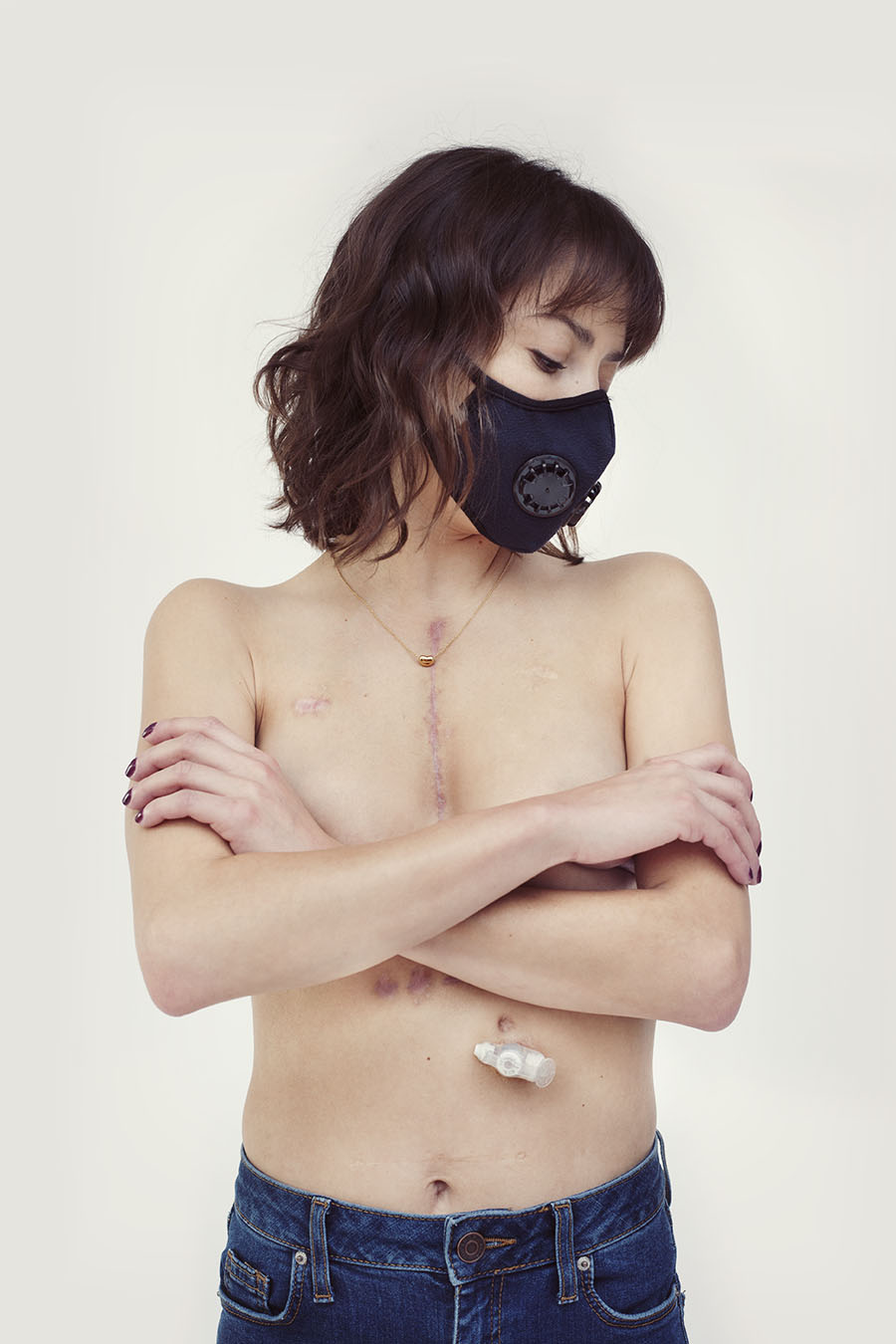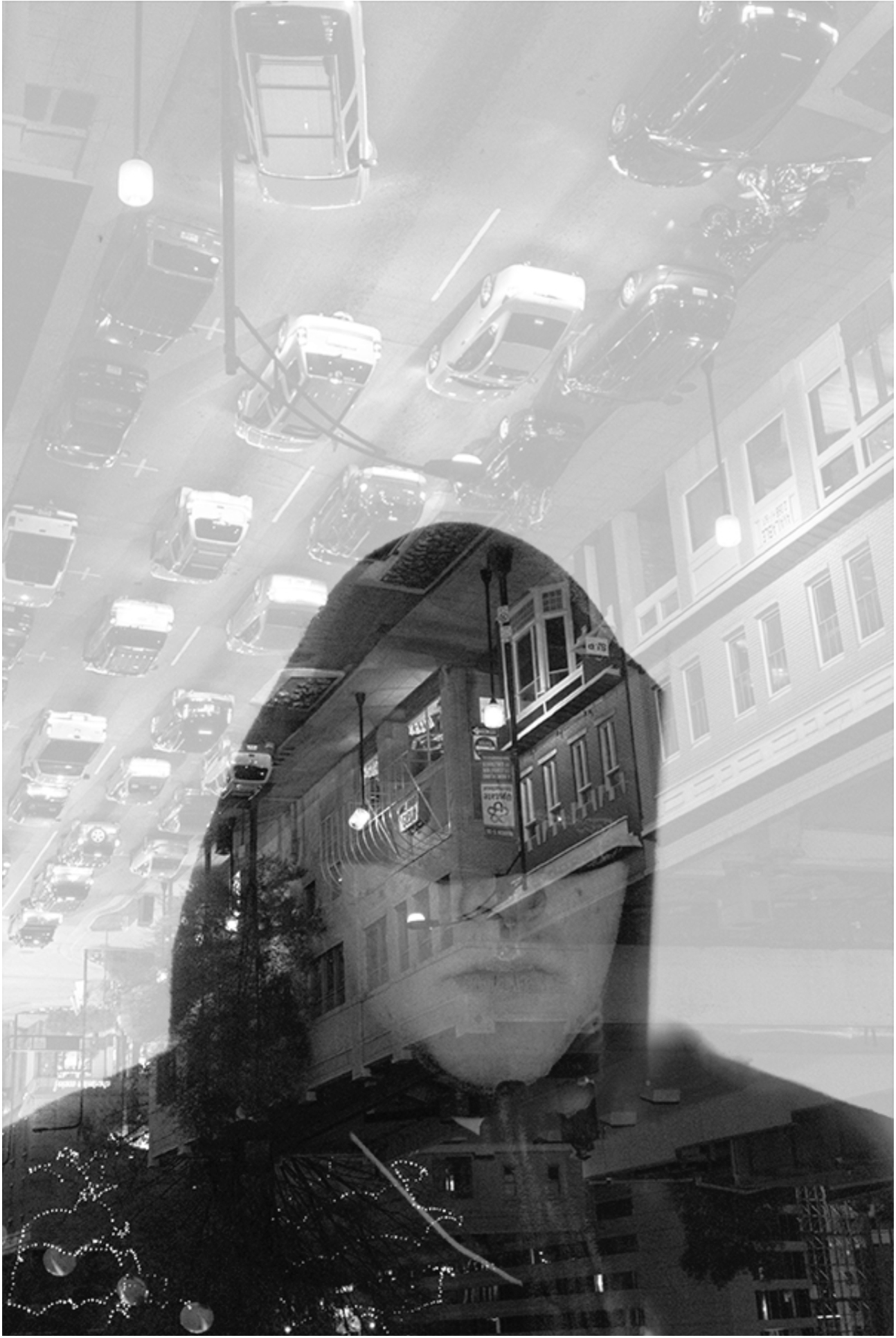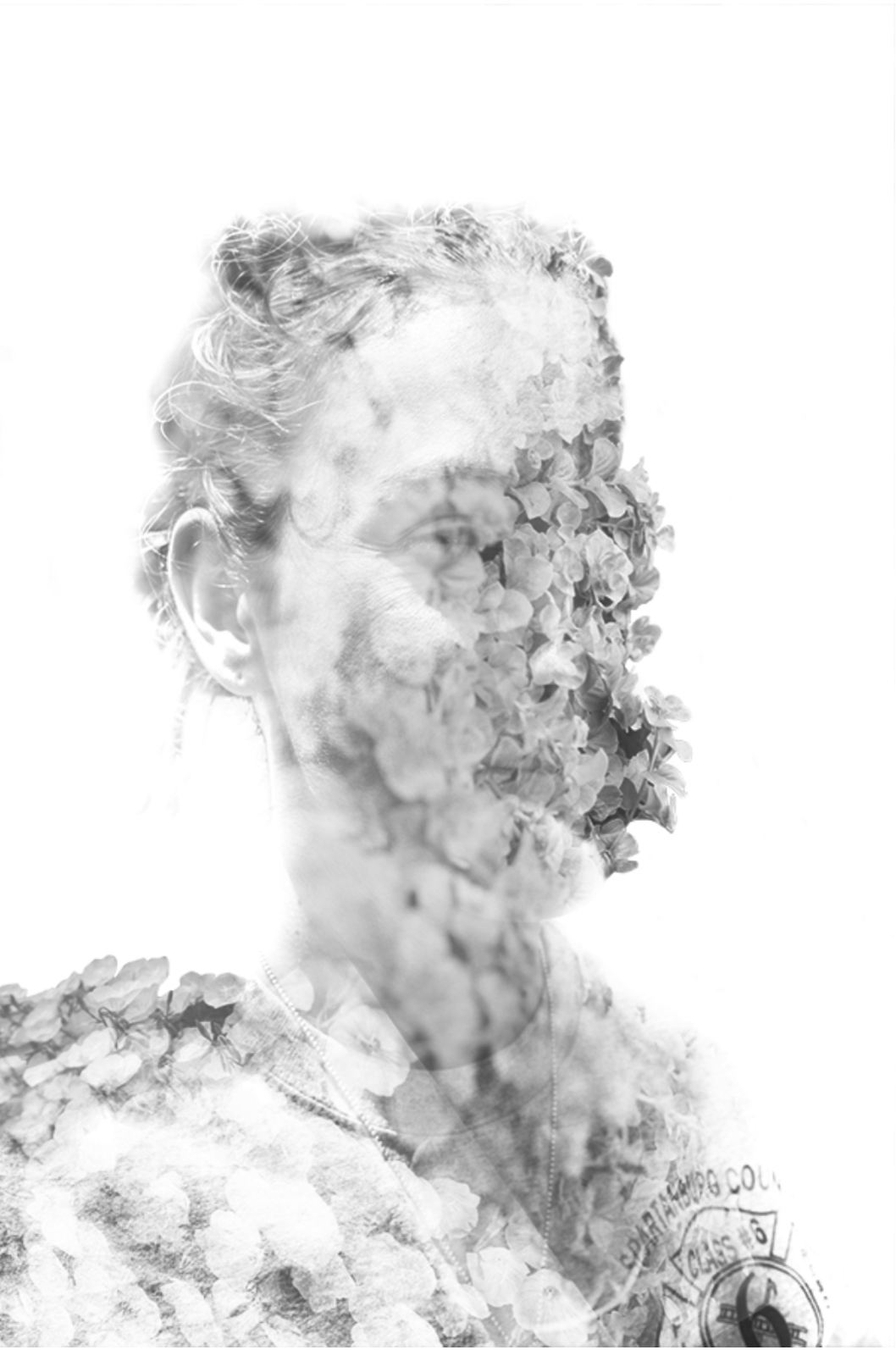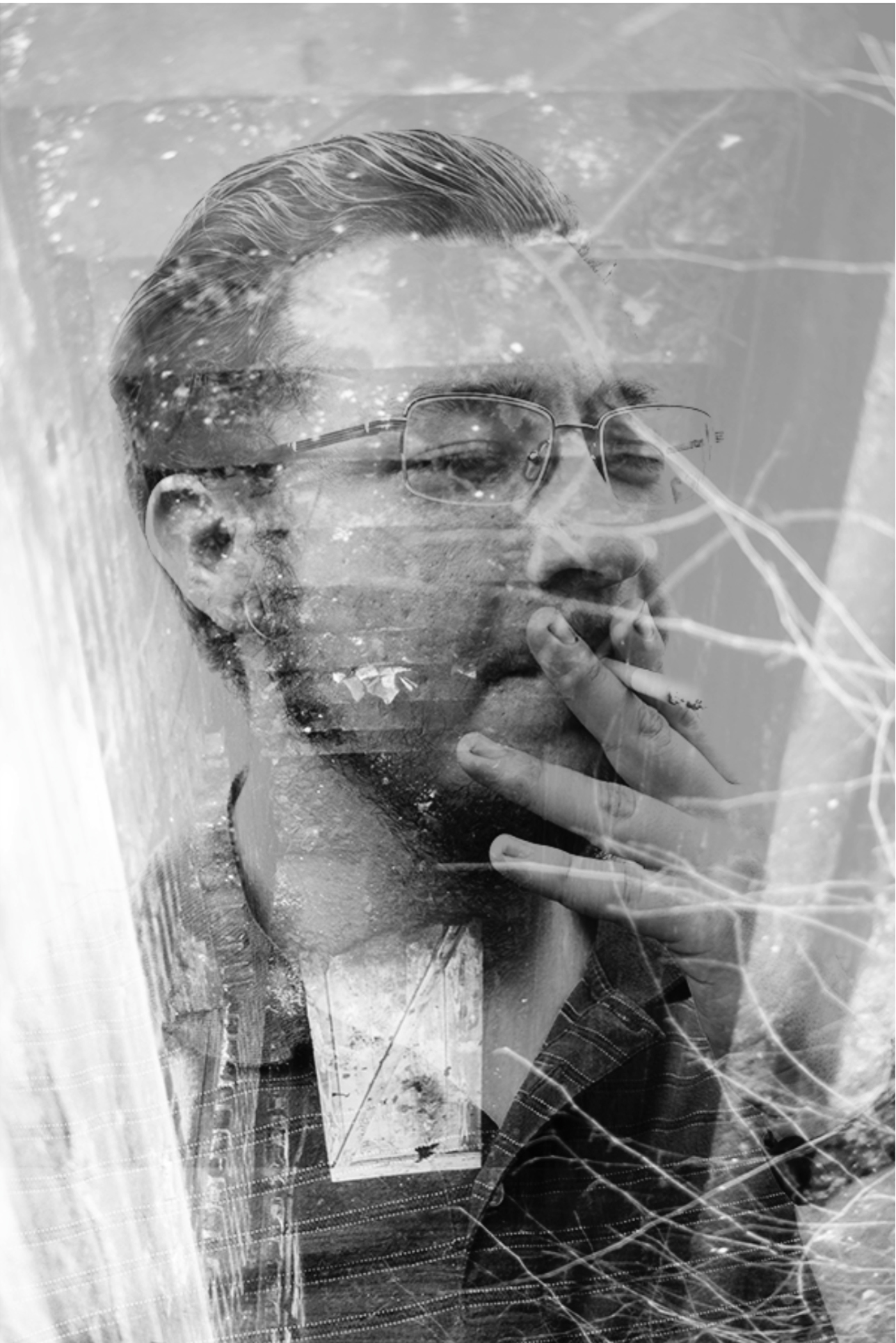Text and images by Gregory Beams.
Narrative Photographs
Narrative photographs are those that invoke a story for the viewer. Unlike books or movies, a photograph doesn’t convey the entire story, but rather, it invites the viewer to develop a story based on the scene and content presented within the photograph. Viewers bring their life experiences, including the books, movies, television, etc., they have read or seen, into their relationship with the photograph.
Movies & the Photograph
When people go to movies, they willingly set aside the reality of the world in which they live and enter a cinematic reality. This new reality is unique to each movie and defined by the story being presented on the screen. Movie goers don’t judge that cinematic world based on their life experience, but rather, they judge it for consistency within itself and what it portends to represent. Viewers develop a highly sophisticated understanding of the visual cues used by cinematographers to convey the story being presented by the movie. Attributes such as color, light& tonality, composition, etc., inform the viewer about the scene and its emotional meaning.
Photographers can access that narrative power by adopting a more cinematic aesthetic. This allows viewers to see cinematic photographs as frames from within a larger story. Viewers are then willing to look for the narrative being presented and willingly search for visual clues to understand what is happening within the image.
Whereas movies are presented on a timeline established by the movie itself and so viewers can’t stop to inspect scenes and content more closely, photographs are meant to be explored on a timeline established by the viewer. This allows viewers to examine a scene and consider the meaning of the characters and other content within the photograph. As a natural part of viewing a narrative photograph, viewers will consider what happened to the characters and content before the scene was frozen into the photograph and what will happen next. This becomes a key part of how the story is developed by the viewer.
Cinematic Images
Photographers can use the movie-goers’ visual sophistication in creating their narrative photographs by developing a more cinematic aesthetic. When viewers see a cinematic photograph, they inherently understand that there is a story for them to find and they willingly participate in developing that narrative.
In using a cinematic aesthetic, photographers provide visual cues that cause viewers to see the photograph as being from a larger narrative. The three main cues include composition, light and color.
Composition: Cinematographers use certain compositions such as close-ups, medium and long shots and variations of these compositions in order to provide context for viewers. Wide shots set the scene and inform viewers about the setting within which the characters are portrayed. Medium shots portray action and activity between a limited number of characters and content. Close-ups involve emotion and intimacy between the viewer and the character.
Light: Light establishes the visual importance of the characters and content within the scene and it conveys the mood or emotion associated with the scene. Viewers are drawn to brightness and contrast and so those are important attributes for informing the viewer about where to look for the important aspects of the image. The overall lighting and tonality sets the viewer’s emotional expectations about the overall scene and so will impact the type of story they develop. The overall lighting defines whether the scene is one of bright happiness, hope and triumph versus dark mystery, intrigue and despair. If the lighting is inconsistent with the intended emotional mood, then viewers will be visually confused and may misunderstand the photograph’s message or intent.
Color: Color is critical to creating cinematic photographs because movies use a consistent color palette that viewers are accustomed to. While cinematographers can and do deviate from these colors, these are artistic exceptions. Cyan, blues and greens are most often used for dark scenes with characters given a slight orange hue. Daylight scenes bring more color variety but are oftentimes given a bluer tone for dramatic movies and an orange or yellower tone for more romantic movies. Photographs that have a dominant hue across an entire image are also seen as cinematic and can create tension and drama.
Bringing consistency across all of the photographic attributers so that the composition, lighting and coloring work together to inform viewers about the emotion of a scene is important in their ability to understand what they are seeing and to engage them in developing a story about the photograph.
Cinematic photography lets photographers use the visual sophistication that viewers have developed through their movie-going experience to invoke a narrative within their photographs. Viewers see the image as a scene from a larger story and they willingly create a narrative not only of what they believe is happening within the photograph, but what has happened leading up to the photograph and what will happen next.
Only My Two Cents,
Gregory Beams
Editor's Note: Gregory Beams' work will be on display at AAU's 625 Sutter Gallery during the month of October.






